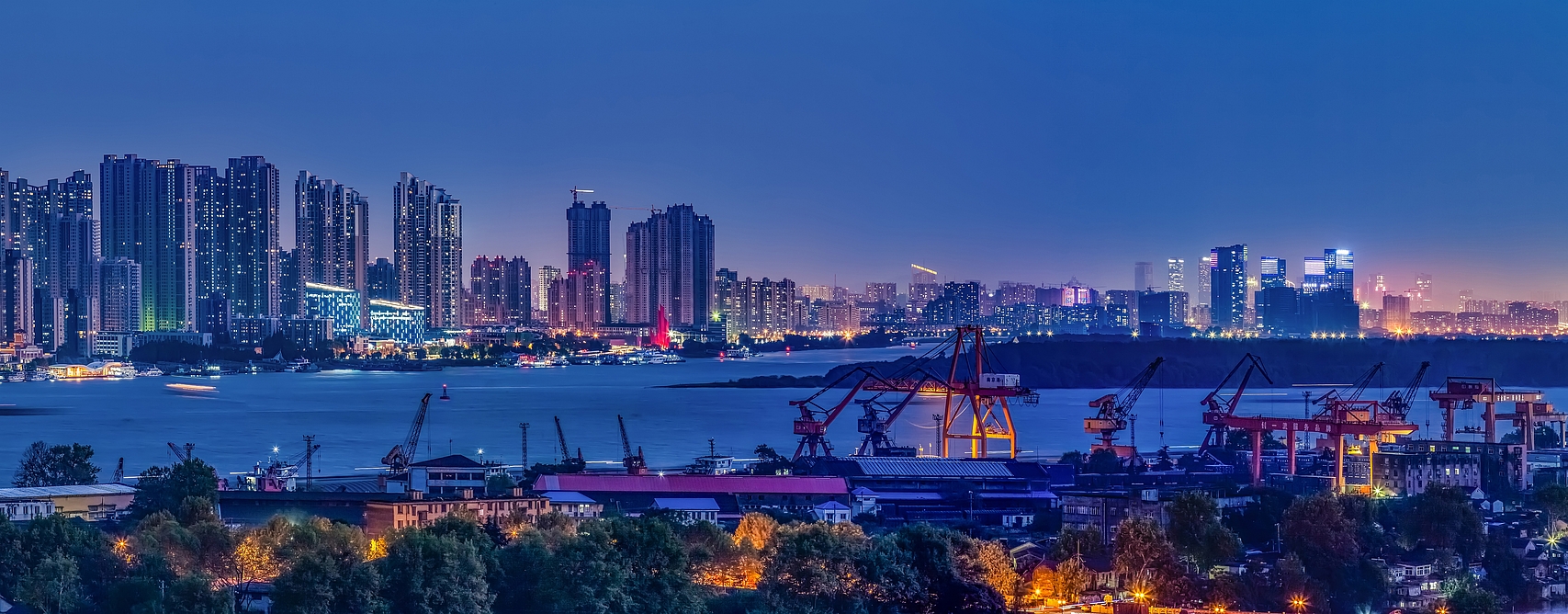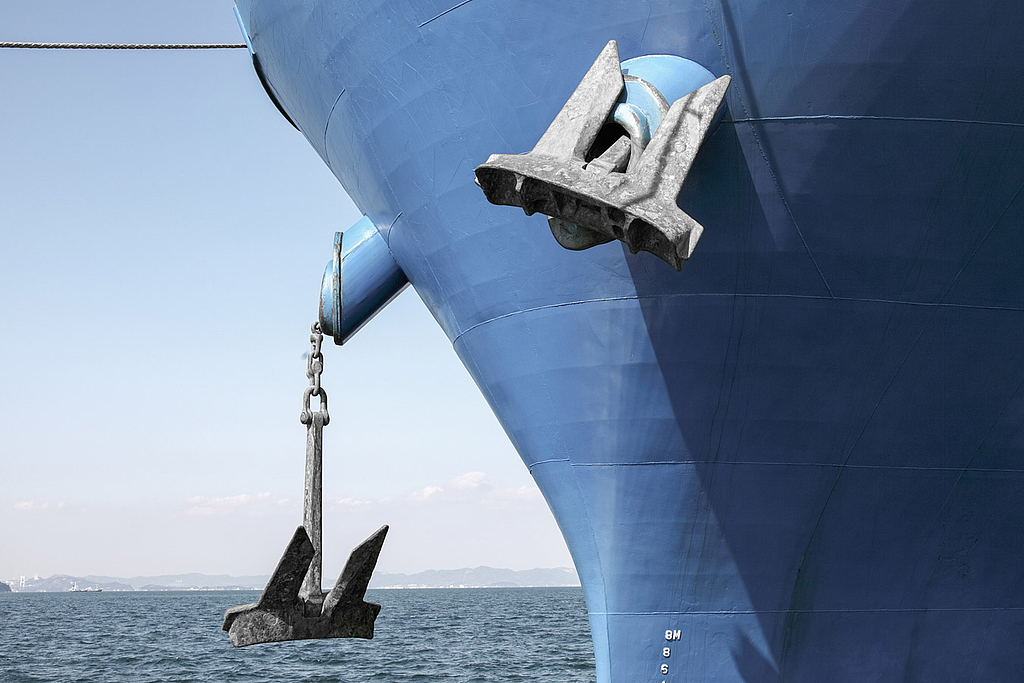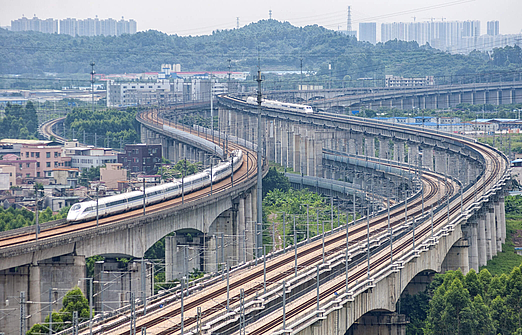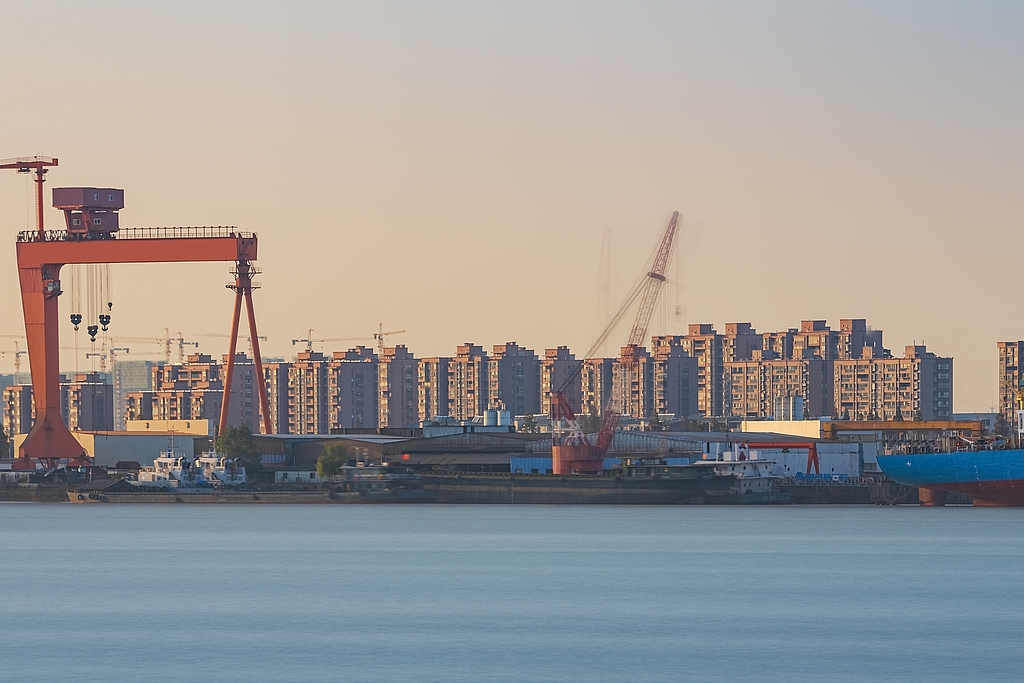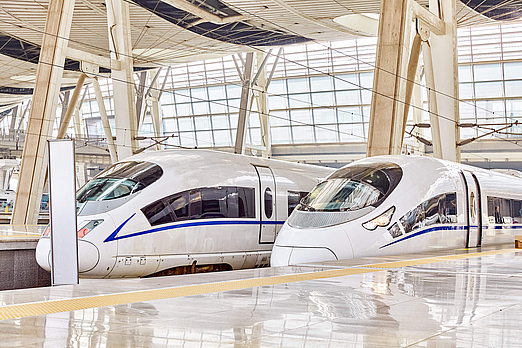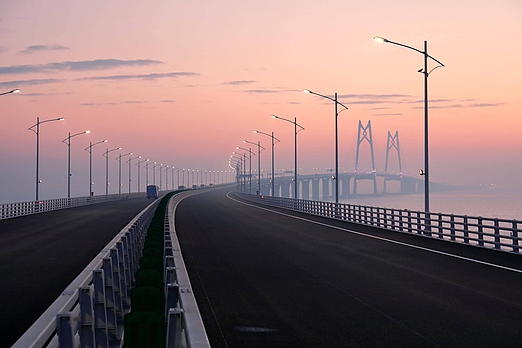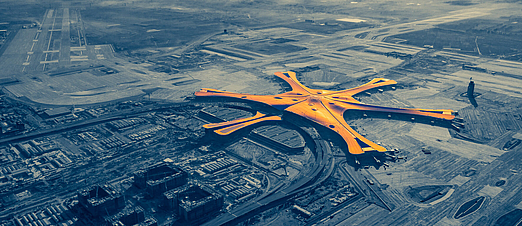Megacity and major economic hub on the Yangtze
Nanjing – Home of the world’s largest (inland) port
- Facts
Nanjing is the capital of the Jiangsu province and a dynamic metropolis in Eastern China. Situated in the Yangtze River Delta region, Nanjing has a prominent place in Chinese history and is an important transport hub with more than 9.4 million inhabitants. One of China’s ancient capitals, its history goes back to the third century B.C., it has developed into a modern, thriving economic center. Today, Nanjing holds the title for the world’s biggest inland port, second biggest railway station and has a bridge, which is somewhat important for China’s national identity…
